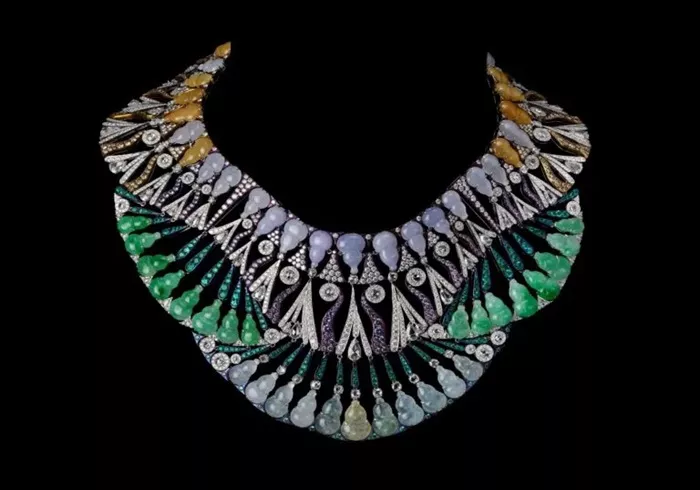The global gems and jewellery market, valued at USD 431.57 million in 2024, is projected to grow to USD 608.38 million by 2030, with a compound annual growth rate (CAGR) of 5.95%. This growth is fueled by rising disposable incomes, urbanization, and shifting consumer preferences toward sustainable and personalized jewellery.
Key Drivers of Market Growth
Rising Middle-Income Populations:
The expanding middle class in developing countries like India, China, and Brazil is a major driver of demand for gems and jewellery. As disposable incomes rise, consumers are increasingly investing in luxury items, including diamonds, gemstones, and precious metals. Jewellery is now seen not only as a status symbol but also as a means of self-expression and celebration of special occasions.
Urbanization and Fashion Trends:
Rapid urbanization and the influence of global fashion trends are further boosting the market. Consumers are becoming more discerning, with a growing preference for customized and bespoke jewellery that reflects their individuality.
Emerging Markets:
International jewellery brands are expanding into emerging markets to capitalize on this growing demand. For instance, the Gem & Jewellery Export Promotion Council (GJEPC) organized the “India Jewellery Exhibition” in Dubai in May 2023. The event showcased India’s craftsmanship through traditional, contemporary, and high-end designs, aiming to strengthen trade ties and increase India’s presence in the Middle East, a key market for luxury jewellery.
Sustainability and Ethical Practices Take Center Stage
Consumers, particularly Millennials and Gen Z, are increasingly prioritizing sustainability and ethical sourcing. This shift is pushing brands to adopt responsible practices, such as using conflict-free gems and metals, ensuring fair trade certifications, and maintaining transparent supply chains.
Lab-Grown Diamonds:
Lab-grown diamonds are gaining popularity as an eco-friendly and cost-effective alternative to mined diamonds. These diamonds, created in controlled environments using atmospheric carbon, have the same physical and chemical properties as natural diamonds but with a significantly lower environmental impact.
Recycled and Ethical Materials:
The demand for jewellery made from recycled materials and ethically sourced gems is on the rise. Brands are responding by offering sustainable options that align with the values of environmentally conscious consumers.
Challenges in the Market
Counterfeit Products:
The proliferation of counterfeit jewellery, including fake diamonds and synthetic gemstones, poses a significant challenge. These fraudulent products, often sold at lower prices, undermine consumer trust and harm the reputation of legitimate brands.
Environmental and Ethical Concerns:
Traditional diamond mining has long been associated with environmental degradation and human rights violations. While lab-grown diamonds and sustainable practices are addressing these issues, the industry must continue to innovate to meet consumer expectations.
Future Outlook
The gems and jewellery market is poised for steady growth, driven by the rise of lab-grown diamonds, sustainable practices, and the increasing demand for personalized designs. As consumers become more environmentally and socially conscious, brands that prioritize ethical sourcing and transparency will likely gain a competitive edge.
With emerging markets playing a pivotal role and technological advancements enabling innovative solutions, the global gems and jewellery industry is set to shine brighter than ever in the coming decade.
Related topics:
- Tabayer Launches Its First Men’s Jewelry Collection
- 20 Stunning Jewelry Designs from the 2025 Centurion Show
- Jewelry Symposium 2025 to Spotlight AI, 3D Printing, and Sustainability


